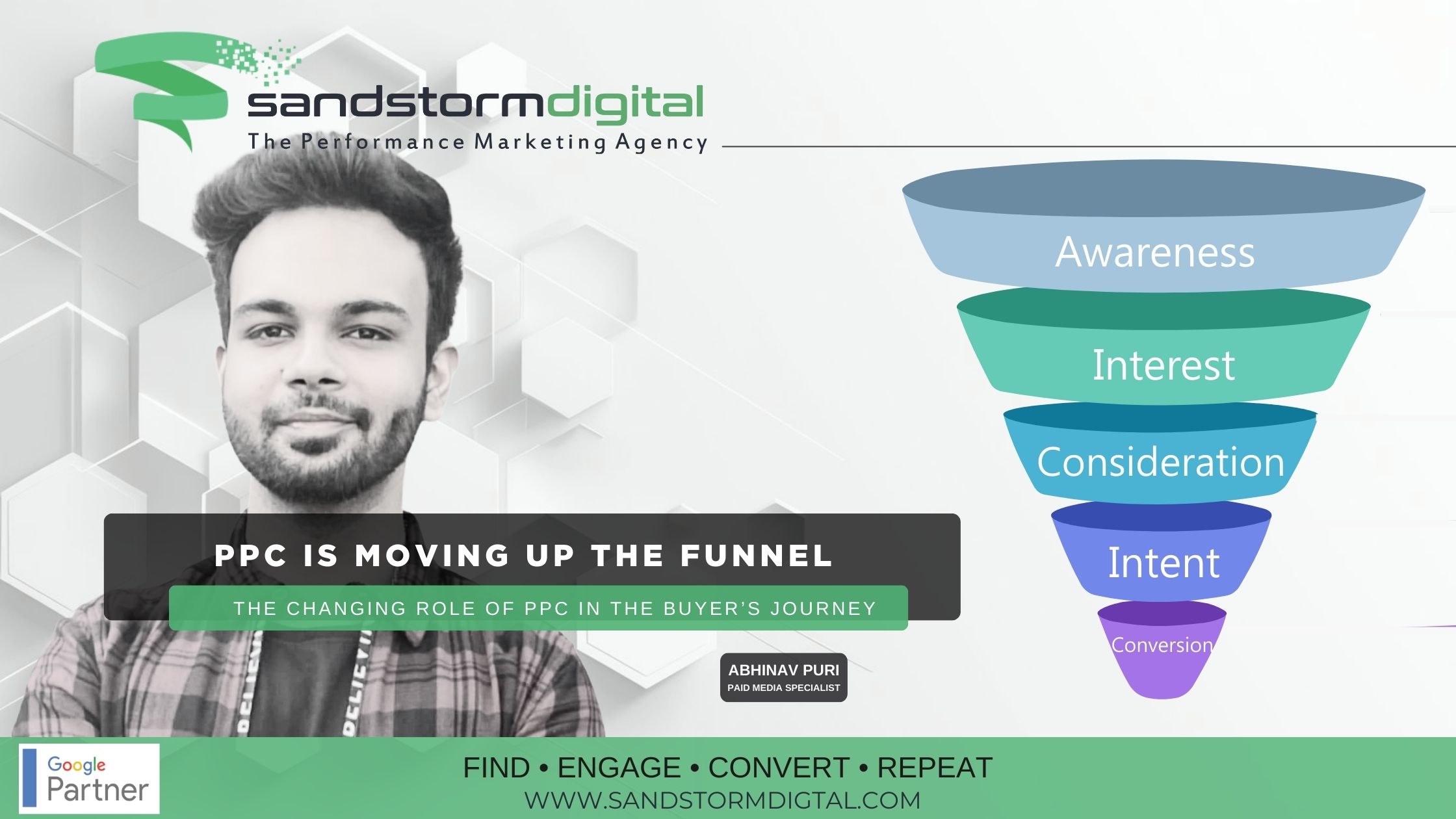When it comes to maximizing the impact of your PPC campaigns, understanding your audience is key. One effective strategy for achieving this is RFM Analysis—a method that segments customers based on Recency, Frequency, and Monetary Value. By leveraging RFM, you can fine-tune your campaigns to boost conversions and improve ROI.
What is RFM Analysis?
RFM Analysis is a data-driven framework that evaluates customers based on:
- Recency: How recently a customer made a purchase.
- Frequency: How often a customer makes purchases.
- Monetary Value: How much money a customer spends.
Each customer is scored across these three dimensions, allowing businesses to identify high-value segments and craft targeted strategies.
Why RFM Matters in PPC
1. Enhanced Audience Segmentation
RFM scores enable you to divide your audience into meaningful groups, such as:
- Loyal Customers: High frequency and monetary value.
- At-Risk Customers: High monetary value but low recency.
- New Customers: Recent purchasers but low frequency.
With PPC platforms like Google Ads or Meta Ads, these segments can be used to create custom audiences for highly targeted campaigns.
2. Personalized Retargeting Campaigns
Use RFM data to craft ad messages that resonate. For instance:
- For Loyal Customers, offer exclusive rewards or VIP perks.
- For At-Risk Customers, create urgency with limited-time offers.
- For New Customers, showcase entry-level products or onboarding content.
3. Optimized Ad Spend
By focusing on high-value segments, RFM helps allocate budgets more effectively. Instead of targeting broad audiences, you invest in groups most likely to convert, improving ROAS (Return on Ad Spend).
How to Integrate RFM Analysis into PPC Campaigns
Step 1: Analyze Your Data
Start by gathering purchase data from your CRM or e-commerce platform. Assign RFM scores to your customers based on historical transactions.
Step 2: Create Segments
Use these scores to group customers into tiers (e.g., top 20% for recency, frequency, and monetary value). Platforms like Google Ads allow you to upload customer lists or use lookalike audiences for advanced targeting.
Step 3: Align Ad Copy and Offers
Craft ad creatives that match the behavior of each segment. For instance:
- High Recency Segment: “Thanks for your recent purchase! Explore these new arrivals.”
- High Frequency Segment: “Your loyalty deserves a reward—here’s 20% off!”
- High Monetary Value Segment: “As a valued customer, we’re offering exclusive early access to our latest collection.”
Step 4: Test and Iterate
Run A/B tests to determine which messaging and formats perform best for each segment. Monitor metrics like CTR (Click-Through Rate) and conversion rate to refine your approach.
Key PPC Applications of RFM Analysis
- Dynamic Remarketing Ads
Pair RFM insights with dynamic ad formats to showcase relevant products based on customer behavior. - Budget Prioritization
Allocate higher bids to top RFM segments to capture high-intent customers during key moments. - Cross-Selling and Upselling
Use RFM data to identify opportunities for promoting complementary products to high-frequency buyers or premium options to high-monetary-value customers.
Limitations of RFM for PPC
While RFM is powerful, it isn’t a one-size-fits-all solution. For subscription-based models or businesses with long sales cycles, additional factors like customer lifetime value (CLV) might be more relevant.
RFM Analysis offers a practical, data-backed approach to refining PPC campaigns. By understanding and leveraging customer buying behavior, you can craft more personalized, efficient, and impactful ads. Whether you’re looking to improve retargeting or optimize ad spend, RFM is a strategy worth integrating into your digital marketing toolbox.
Ready to take your PPC campaigns to the next level? Let’s discuss how we can apply RFM Analysis to your business.











